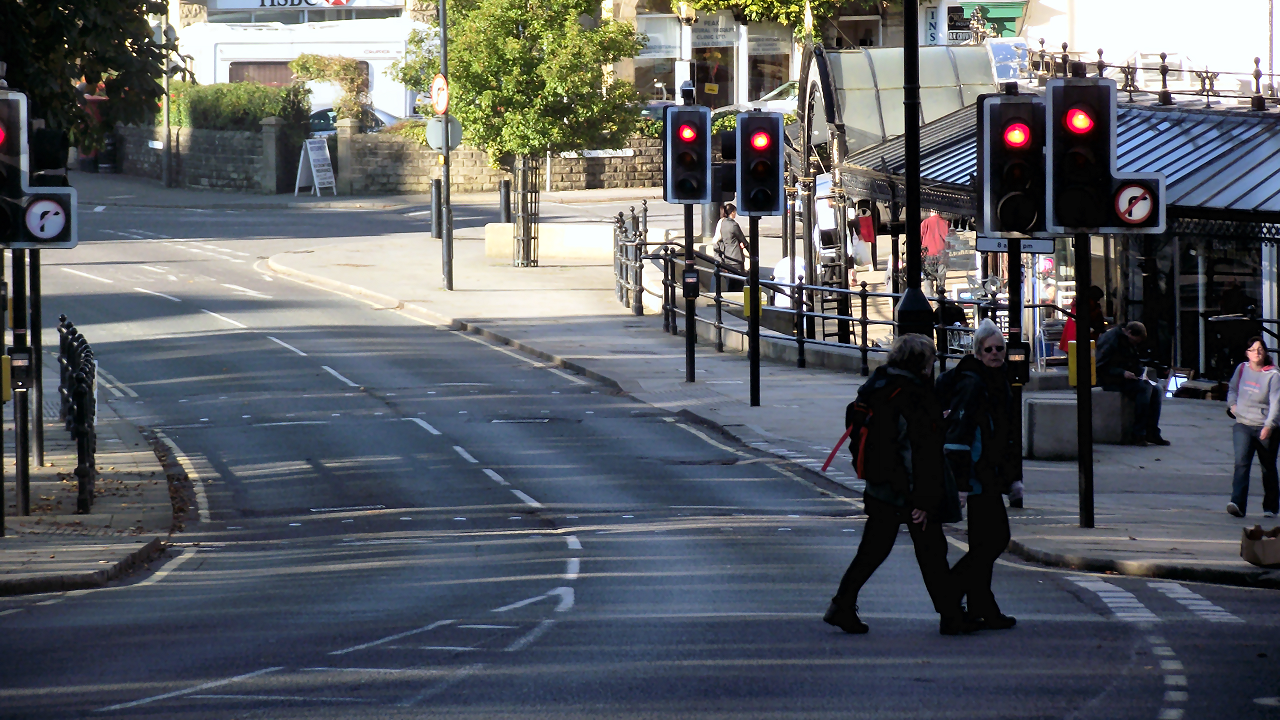Unit 4: Approaching to turn left
Unit 5: Approaching to turn right
Unit 6: Emerging to turn left and right

Unit 4: Approaching to turn left
Unit 5: Approaching to turn right
Unit 6: Emerging to turn left and right


The information below relates to basic errors and their correction and assume that the errors are caused directly by the actions of the learner. However, you must always be certain that you are not contributing to the error by late or unclear instruction or direction or by not offering sufficient information or feedback.
Our suggested issues do not form an exhaustive list, however, if you can spot and sort out these problems you should be well on your way to delivering an effective pedestrian crossings lesson. Remember that ideally the only thing you are watching for is a perfect drive... Anything else is a problem!
There are several reasons why the driver might be going too fast. Perhaps the most common reason is that he/she is unable to judge and appropriate speed. Another is that he/she has not seen the crossing early enough.
Start by checking your learner's understanding - does he/she know how fast to approach? Is he/she looking for clues such as road signs - or looking well ahead for Belisha beacons or traffic lights?
Next, agree a level of assistance for the next attempts (note that this might be no assistance). Point out crossings if necessary, possibly using questions, to ensure that the learner has seen them.
Explain that when approaching too fast there is not enough time to make proper observation - this means that the driver might not see pedestrians, especially children. Another danger is that vehicles behind are more likely to bump into you if you approach quickly and then stop - they could shunt the car into the pedestrian who are crossing.
Approaching light controlled crossings too slowly could tempt pedestrians to cross while a red pedestrian light is still showing - your learner must be travelling at a speed from which they can stop safely, but not unduly slowly.
Another situation would be a slow approach to pedestrian refuges - again the driver must be able to stop if a pedestrian steps out, but must not tempt the pedestrian to cross by driving too slowly.
Make sure that you are watching your learner when they are stopped at crossings!
If this happens use questions to uncover the dangers posed by other traffic which might fail to stop at the crossing.
Discuss the dangers - our advice at SmartDriving is that you should not only leave the crossing clear, but also at lest one-car length beyond the crossing clear; this is so that approaching drivers can get a view of pedestrians on the crossing or who are waiting to cross.
Also mention the fact that it is an offence to stop on a crossing.
This gives an inappropriate signal to pedestrians and can be very disturbing - especially for the elderly. Discuss the dangers - ideally by use of Q&A.
Lack of anticipation of pedestrians
Failing to see a crossing
Stopping at green lights (at crossings)
Not using the MSM routine on approach
Attempting to overtake on approach within area marked by zig-zag lines
Driving over a crossing on a steady amber light
Continuing to drive over a crossing when pedestrians are still crossing
Stopping over give way or stop lines when allowing pedestrians to cross
Sounding the horn when inappropriate
Not proceeding until green light has been displayed at Pelican Crossings (when crossing is clear and it is safe and correct to do so)
Misinterpreting the procedure at ‘split’ crossings
Next: Questions & Reflection...